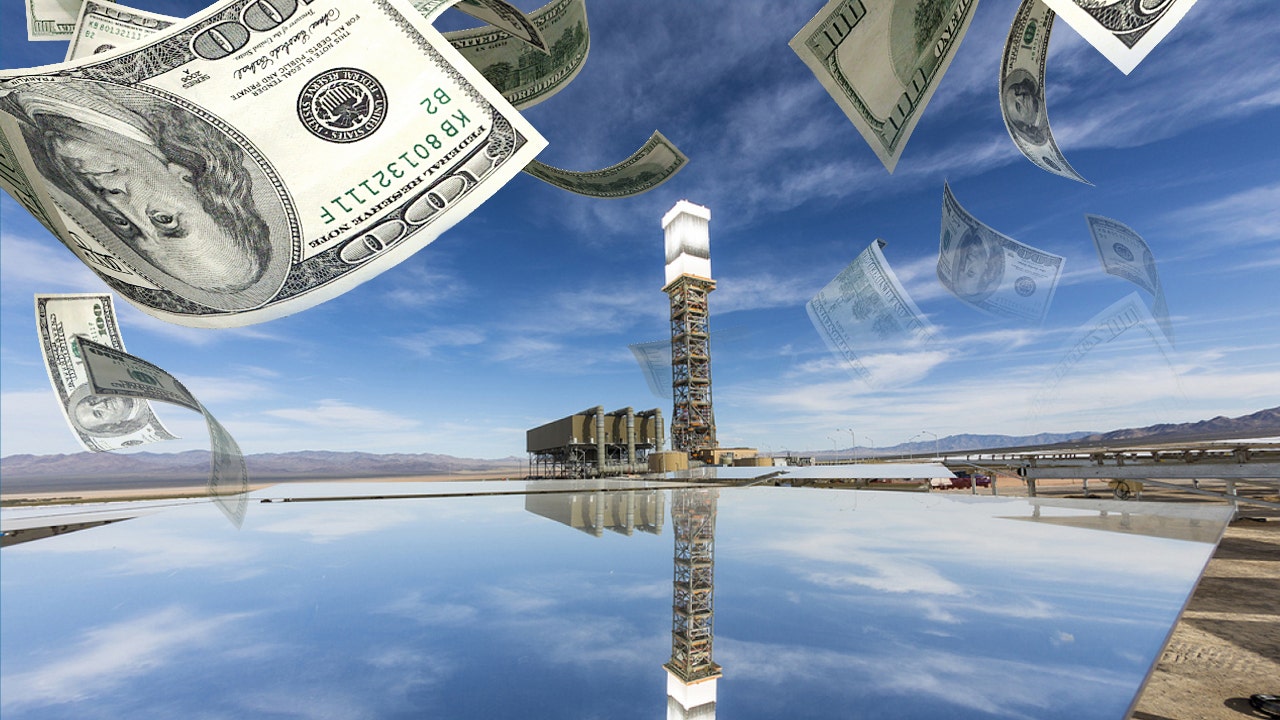Politics
Energy experts blast failed billion-dollar DOE project as ‘financial boondoggle,’ ‘disaster’

A Cautionary Tale of Green Energy Ambition
The Ivanpah Solar Power Facility, once hailed as a groundbreaking project in the push for renewable energy, is now on the brink of closure after a decade of operation. This solar power plant, located in California, was funded with $1.6 billion in federal loan guarantees from the U.S. Department of Energy (DOE) during the Obama administration. The project was intended to showcase America’s leadership in solar energy and serve as a model for large-scale renewable energy production. However, its reality has been far from successful. Energy experts and environmental groups have criticized Ivanpah as a "boondoggle," a wasteful and inefficient use of taxpayer dollars that failed to deliver on its promises while causing significant environmental harm.
Promises Unfulfilled: Production Shortfalls and reliance on Fossil Fuels
When Ivanpah was launched in 2011, it was touted as a revolutionary step in solar energy production. The facility, which consists of three solar concentrating thermal power plants, was expected to generate enough electricity to power 140,000 homes annually. However, the project never lived up to these expectations. According to critics, Ivanpah produced significantly less electricity than anticipated, failing to meet its energy production targets. Even more troubling, the plant relied on natural gas to maintain operations, defeating the purpose of being a fully renewable energy source. Jason Isaac, CEO of the American Energy Institute, described Ivanpah as "yet another failed green energy boondoggle," comparing it to Solyndra, another infamous solar energy company that went bankrupt after receiving federal funding.
Environmental Costs: A Project Gone Wrong
The failure of the Ivanpah project is not just financial; it has also had devastating environmental consequences. The construction of the facility disrupted pristine desert habitats, destroying rare plant species and displacing local wildlife. Environmental activists have pointed out that the project’s impact on ecosystems was severe, with thousands of birds and tortoises killed during its operation. Julia Dowell of the Sierra Club, an environmental advocacy group, called Ivanpah a "financial boondoggle and environmental disaster." While the Sierra Club supports innovative clean energy solutions, Dowell emphasized that not all renewable technologies are created equal. The Ivanpah project serves as a reminder that even well-intentioned green energy initiatives can have unintended and far-reaching consequences for the environment.
Financial and Operational Challenges: The Final Blow
The final nail in Ivanpah’s coffin came in January when Pacific Gas & Electric (PG&E), one of the facility’s primary customers, announced plans to cancel its power purchase agreements with the plant—14 years earlier than originally scheduled. PG&E cited financial reasons for the decision, stating that ending the agreements early would save customers money compared to continuing operations until 2039. This move has left Ivanpah on the path to closure, with no clear alternative buyers or sources of revenue. Critics argue that the cancellation of these contracts is a clear indication of the project’s failure to become a viable and sustainable energy source.
A History of Failures: Ivanpah in Context
The story of Ivanpah is part of a larger pattern of failed green energy projects funded by taxpayer dollars. One of the most notable examples is Solyndra, a solar panel manufacturer that went bankrupt in 2011 after receiving $535 million in federal loan guarantees from the Obama administration. Like Ivanpah, Solyndra was initially hailed as a success story in the renewable energy sector, only to collapse under the weight of its own inefficiencies and market challenges. Steve Milloy, a senior fellow at the Energy & Environmental Legal Institute, has warned that Ivanpah and Solyndra are just the tip of the iceberg. He argues that green energy projects relying on taxpayer subsidies often fail to make economic or environmental sense, and predicts that further failures could arise from projects funded by recent Democratic-backed climate legislation.
Lessons for the Future: Rethinking Green Energy Strategies
The failure of the Ivanpah Solar Power Facility offers valuable lessons for policymakers and energy experts as they consider the future of green energy. While the transition to renewable energy is undoubtedly necessary to combat climate change, the Ivanpah debacle highlights the importance of careful planning, rigorous oversight, and a critical evaluation of which technologies truly have the potential to succeed. As Milloy noted, "No green project relying on taxpayer subsidies has ever made any economic or environmental sense." Moving forward, advocates for renewable energy must balance their ambitions with realism, ensuring that taxpayer dollars are invested in projects that are both environmentally sustainable and economically viable. Only then can the promise of green energy be fully realized.











